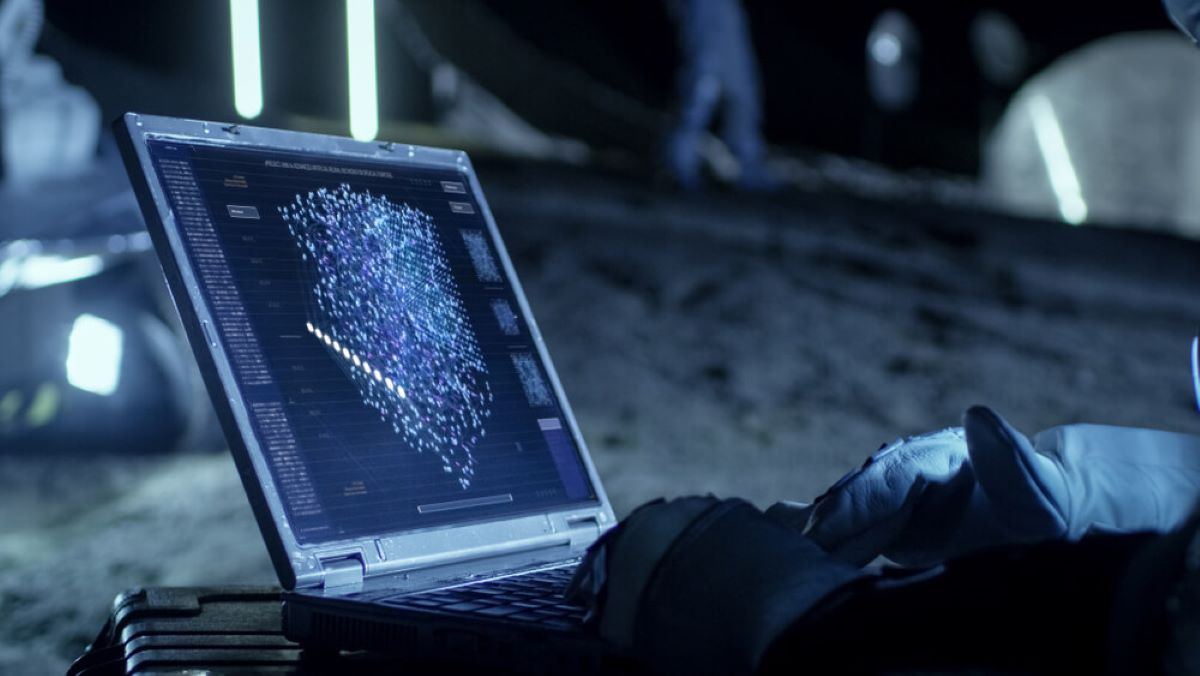ChatGPT has made its rounds in all corners of the world and is now readying to literally launch aboard spaceships on extraterrestrial journeys in near and far away cosmos. Organizations like NASA and Airbus came calling for large language models like Generative AI to help them out.
The problem is ChatGPT is not 100% accurate and is prone to making ‘hallucinations’ or fabrications that seem very convincing. And if astronauts were to believe them while making dangerous space maneuvers, or worse, make them believe that a crash with a rogue comet or asteroid was imminent, well the cold vast space is unforgiving for such false data.
Read: ChatGPT playing architect, designing buildings and other robots
CIMON 2, an Airbus-built emotionally intelligent ball-shaped robot was sent to the International Space Station to help astronauts reduce stress. That seems bearable given the task’s comparative simplicity against NASA’s grand plans for the Chatbot.
NASA experts have about a year to figure it out, and make sure ChatGPT can be relied on with a high degree of confidence, and as such serious planning is underway.
NASA smart interface
NASA engineers are developing a ChatGPT-style interface that would enable astronauts to communicate with their spacecraft and mission controllers via AI-powered robots with early versions to be deployed on a space station linked to the Artemis program known as Lunar Orbital Platform-Gateway, published reports indicated. The system will assume the role of a stopover for manned moon missions starting from 2024 and will even test technologies for future manned missions to Mars.
The idea behind it is an interplanetary communications network where AI can assist astronauts and mission operators by addressing glitches, transmission problems and other technical issues at an early stage, but also where the AI is also able to fix these problems.

The system allows astronauts and mission control to interact via voice or text with the AI Chatbot instead of the traditional way of needing to review complex technical manuals in search for data and solutions.
Beyond playing space mechanics, AI Chatbots can also alert on scientific discoveries in the solar system and and gain advanced knowledge of space.
And even before blasting rockets into space, AI is helping NASA design mission hardware like structural mounts and scaffolds and save up to two-thirds of the weight compared to traditional components.
False NASA Data
Some experts caution that ChatGPT system bugs that make it hallucinate and provide convincing yet false data will need to be fixed before NASA trusts it with assisting astronauts in the perilous environment that outer space presents.
AI will need to be properly trained and encouraging is the fact that ChatGPT has been effectively utilized in business travel. GenAI is helping business travelers receive personalized trip recommendations catered to their preferences and past travel history. ChatGPT assists with booking flights, hotels, or rental cars, while keeping track of flight delays and real-time updates on weather or traffic conditions.
Should AI chatbots make it into space? NASA can’t afford to have AI provide astronauts with any wrong information. Their lives depend on it.
For more tech news, click here.








